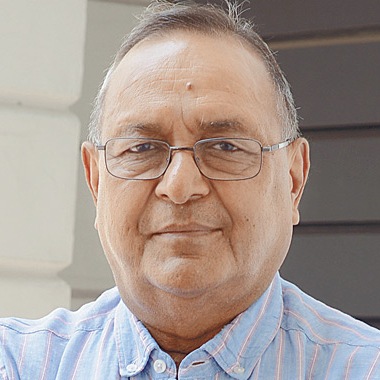Blog
 B K Syngal, Former CMD, VSNL | 14/08/2017
B K Syngal, Former CMD, VSNL | 14/08/2017The telecom regulatory authority of India or TRAI has started the exercise of reviewing interconnection usage charge (IUC). There is always a dispute between incumbent and new operators on interconnection charges. Incumbent operators want high IUC as they have been around for a longer time and, thus, have more number of subscribers, while new operators want low IUC.
What is IUC? It is the charge that a telecom service company, where a call originates, pays to the company where the call is terminated. For example, if an Airtel subscriber calls a Vodafone subscriber, then Airtel will pay IUC to Vodafone. Under the current IUC regime, the destination network receives an IUC at the rate of 14 paise per minute.
New operators have fewer subscribers than their incumbent competitors. This means that there are more outgoing calls than incoming calls and they pay more IUC than they receive.
Whenever there is entry of a new operator, the dispute on IUC starts. However, what differentiates this IUC exercise from earlier ones is the kind of arguments that are being put forward by the operators to justify their points.
Incumbent operators such as Airtel, Vodafone and Idea are creating an environment that the industry is reeling under huge debt (Rs 4.5 lakh crore) and hence IUC should be increased. In presentations to inter-ministerial group (IMG) on financial stress of the sector set up by the government, incumbent operators have said that the IUC should be increased to 35 paise per minute. They have argued that this would help them come out of financial stress.
This argument of industry debt is no argument. Industry debt is neither a barometer of the health of the industry nor reason enough to justify continuation of termination charge.
Last exercise to calculate IUC was conducted in 2014 and an IUC of 14 paise per minute was fixed. In last three years, traffic has increased manifold and the cost of carrying a call has come down drastically. This means that the IUC should also be reduced.
Similarly, the new operator is not justified in demanding zero IUC in the name of customers. Termination charge can’t be eliminated entirely until some reasonable level of parity is reached between incoming and outgoing traffic. This has also been observed by the US regulator FCC (Federal Communications Commission), where the telecom service providers follow the pricing arrangement of Bill and Keep (BAK). FCC, however, mentions that BAK has gained momentum.
The IUC should be decided on the basis of strict commercial principles. It should be calculated in a transparent manner. The Trai should follow a pure long-range incremental cost (LRIC) method that is successful in the European Union (EU). In pure LRIC, only those costs are allowed that could be avoided if the termination service were withdrawn.
This will be in the long-term interest of the industry, telecom subscribers and digital India programme of the government.